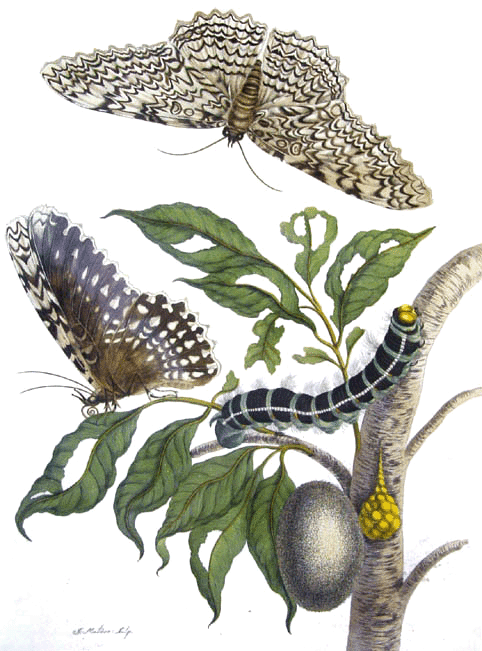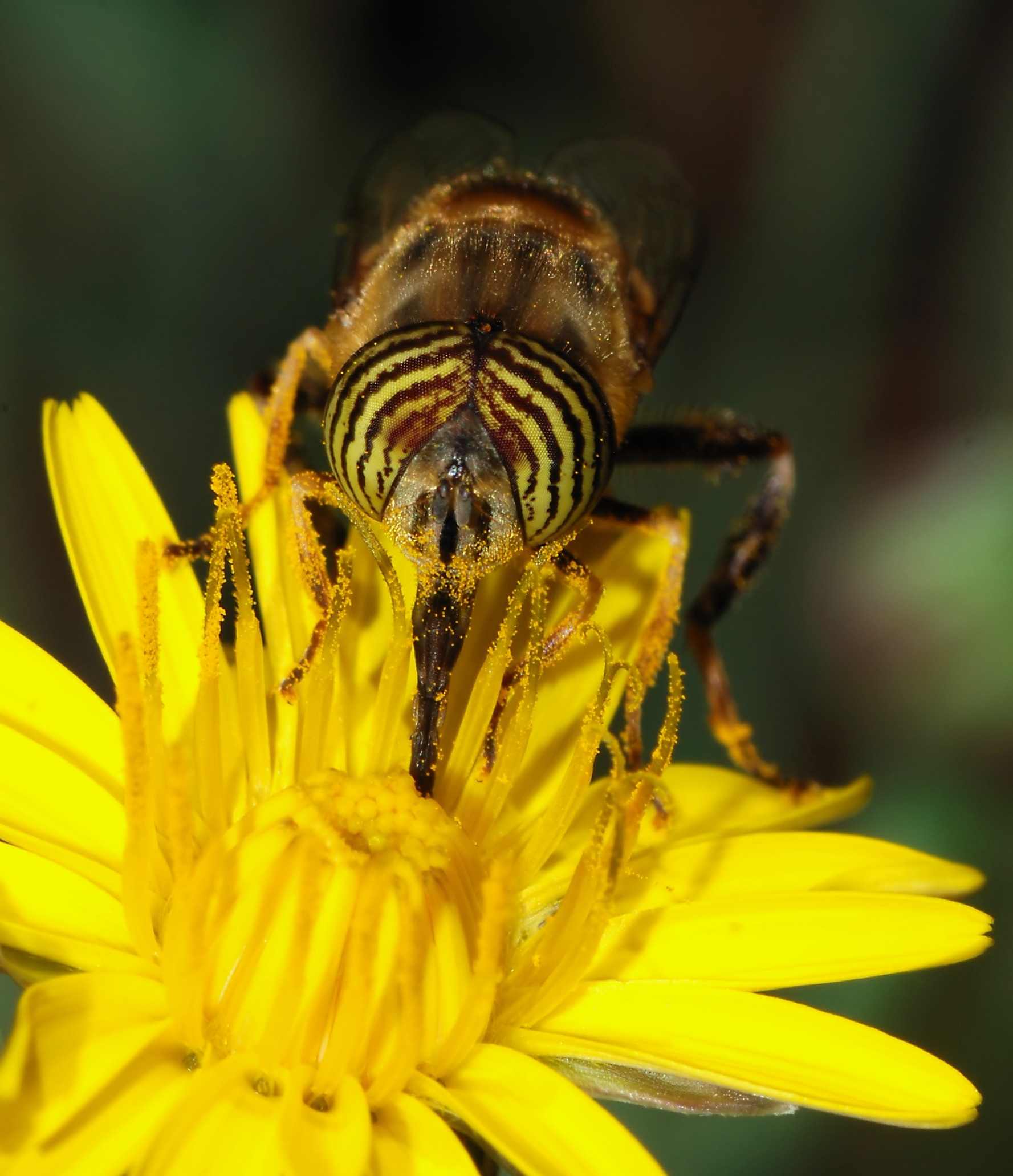|
Erebinae
The Erebinae are a subfamily of moths in the family Erebidae erected by William Elford Leach in 1815. Erebine moths are found on all continents except Antarctica, but reach their greatest diversity in the tropics. While the exact number of species belonging to the Erebinae is not known, the subfamily is estimated to include around 10,000 species. Some well-known Erebinae include underwing moths (''Catocala'') and witch moths (Thermesiini). Many of the species in the subfamily have medium to large wingspans (7 to 10 cm, 3 to 4 inches), up to nearly 30 cm in the white witch moth (''Thysania agrippina''), which has the widest wingspan of all Lepidoptera. Erebine caterpillars feed on a broad range of plants; many species feed on Poaceae, grasses and legumes, and a few are pests of Ricinus, castor bean, sugarcane, rice, as well as pistachios and Blackberry, blackberries. Morphology Erebine moths possess a number of adaptations for predator defense. Most Erebinae, such ... [...More Info...] [...Related Items...] OR: [Wikipedia] [Google] [Baidu] |
Erebidae
The Erebidae are a family (biology), family of moths in the superfamily Noctuoidea. The family is among the largest families of moths by species count and contains a wide variety of well-known macromoth groups. The family includes the underwings (''Catocala''); litter moths (Herminiinae); tiger, lichen, footman and wasp moths (Arctiinae (erebid moths), Arctiinae); tussock moths (Lymantriinae), including the arctic woolly bear moth (''Gynaephora groenlandica''); fruit-piercing moths (Calpinae and others); micronoctuoid moths (Micronoctuini); snout moths (Hypeninae); and zale (moth), zales, though many of these common names can also refer to moths outside the Erebidae (for example, Crambidae, crambid snout moths). Some of the erebid moths are called owlets. The sizes of the adults range from among the largest of all moths (around wingspan in the Thysania agrippina, white witch) to the smallest of the macromoths ( wingspan in some of the Micronoctuini). The coloration of the adu ... [...More Info...] [...Related Items...] OR: [Wikipedia] [Google] [Baidu] |
Catocala
''Catocala'' is a generally Holarctic genus of moths in the family Erebidae. The genus was erected by Franz von Paula Schrank in 1802. The moths are commonly known as underwing moths or simply underwings. These terms are sometimes used for a few related moths, but usually – especially when used in plural, not as part of a species name – they are used to refer to ''Catocala'' only. Of the more than 250 known species, slightly less than half are found in North America – mostly in the United States – while the rest occur in Eurasia. About one-fifth (almost 30) of these species are native to Europe. A few species occur in the northern Neotropics and Indomalaya. Description and ecology Most species of ''Catocala'' have medium to large adults, cryptically coloured except for the hindwings, which are marked with stripes in orange, red, white, or even blue. In some, the hindwings are mostly blackish. Unlike what the common name "underwings" seems to suggest, the colour is brig ... [...More Info...] [...Related Items...] OR: [Wikipedia] [Google] [Baidu] |
Thermesiini
The Thermesiini are a tribe (biology), tribe of moths in the family Erebidae. Genera *''Ascalapha'' *''Feigeria'' *''Hemeroblemma'' *''Latebraria'' *''Letis'' *''Thysania'' References Thermesiini, Erebinae Moth tribes {{Erebinae-stub ... [...More Info...] [...Related Items...] OR: [Wikipedia] [Google] [Baidu] |
Noctuoidea
Noctuoidea is the superfamily of noctuid (Latin "night owl") or "owlet" moths, and has more than 70,000 described species, the largest number of any Lepidopteran superfamily. Its classification has not yet reached a satisfactory or stable state. Since the end of the 20th century, increasing availability of molecular phylogenetic data for this hugely successful radiation has led to several competing proposals for a taxonomic arrangement that correctly represents the relationships between the major lineages. Briefly, the disputes center on the fact that in old treatments (which were just as unable to reach a general consensus) the distinctness of some groups, such as the Arctiinae or Lymantriidae, was overrated due to their characteristic appearance, while some less-studied lineages conventionally held to be Noctuidae are in fact quite distinct. This requires a rearrangement at least of the latter family (by simply including anything disputed within it). This is quite unwieldy, ... [...More Info...] [...Related Items...] OR: [Wikipedia] [Google] [Baidu] |
Catocalinae
The Catocalinae are a subfamily of noctuoid moths, placed in family Noctuidae. In the alternative arrangement, where the Noctuidae are reduced to the core group around the Noctuinae, the present lineage is abolished, the upranked Catocalini being merged with the Erebini and becoming a subfamily of the reestablished family Erebidae.FE (2011), and see references in Sacvela (2011) Many of the species are large () compared to other noctuids in temperate zones, and have brightly colored backwings. The closely related Ophiderinae and Calpinae are sometimes merged into this group. Genera The Catocalinae genera are usually assigned to the tribes Tytini, Armadini and Erebini, which have a fairly small number of genera, and the much larger Catocalini. The Poaphilini are another proposed tribe around the genus '' Argyrostrotis'' (= ''Poaphila''), but is here considered to be paraphyletic. In addition, a high proportion of genera is not at present assigned to a specific tribe as ... [...More Info...] [...Related Items...] OR: [Wikipedia] [Google] [Baidu] |
Thysania Agrippina
''Thysania agrippina'' is a species of moth in the family Erebidae. It was described by Maria Sibylla Merian in her 1705 publication ''Metamorphosis insectorum Surinamensium,'' and Pieter Cramer provided the formal description of the species in 1776. The most commonly accepted English name is the white witch. Other common names include the ghost moth, great gray witch and great owlet moth. ''Thysania agrippina'' is of interest as a competitor for title of "largest insect". This may be true by the measure of wingspan—a Brazilian specimen with a wingspan of almost appears to hold the record. The Atlas moth and Hercules moth, however, have greater wing areas. The white witch occurs from Uruguay to Mexico, and appears as a stray as far north as Texas in the U.S. Collection dates shows no discernible pattern with respect to location or season. History One story of the derivation of the common name: early naturalists collected specimens of birds and bats with shotguns. An enor ... [...More Info...] [...Related Items...] OR: [Wikipedia] [Google] [Baidu] |
Apex (entomology)
This glossary of entomology describes terms used in the formal study of insect species by entomologists. A–C A synthetic chlorinated hydrocarbon insecticide, toxic to vertebrates. Though its phytotoxicity is low, solvents in some formulations may damage certain crops. cf. the related Dieldrin, Endrin, Isodrin * D–F A synthetic chlorinated hydrocarbon insecticide, toxic to vertebrates. cf. the related Aldrin, Endrin, Isodrin A synthetic chlorinated hydrocarbon insecticide, toxic to vertebrates. Though its phytotoxicity is low, solvents in some formulations may damage certain crops. cf. the related Dieldrin, Aldrin, Isodrin G–L ... [...More Info...] [...Related Items...] OR: [Wikipedia] [Google] [Baidu] |
Noctuidae
The Noctuidae, commonly known as owlet moths, cutworms or armyworms, are a family (biology), family of moths. Taxonomically, they are considered the most controversial family in the superfamily Noctuoidea because many of the clades are constantly changing, along with the other families of the Noctuoidea. It was considered the largest family in Lepidoptera for a long time, but after regrouping Lymantriinae, Catocalinae and Calpinae within the family Erebidae, the latter holds this title now. Currently, Noctuidae is the second largest family in Noctuoidea, with about 1,089 List of noctuid genera, genera and 11,772 species. This classification is still contingent, as more changes continue to appear between Noctuidae and Erebidae. Description Adult: Most noctuid adults have wings with a variety of shades of browns, grays, and other varied shades and colourations but some subfamilies, such as Acronictinae and Agaristinae, are very colorful, especially those from tropical regions (e.g. ... [...More Info...] [...Related Items...] OR: [Wikipedia] [Google] [Baidu] |
George Hampson
Sir George Francis Hampson, 10th Baronet (14 January 1860 – 15 October 1936) was an English entomologist. Hampson studied at Charterhouse School and Exeter College, Oxford. He travelled to India to become a tea-planter in the Nilgiri Hills of the Madras presidency (now Tamil Nadu), where he became interested in moths and butterflies. When he returned to England, he became a voluntary worker at the Natural History Museum, where he wrote ''The Lepidoptera of the Nilgiri District'' (1891) and ''The Lepidoptera Heterocera of Ceylon'' (1893) as parts 8 and 9 of ''Illustrations of Typical Specimens of Lepidoptera Heterocera of the British Museum''. He then commenced work on '' The Fauna of British India, Including Ceylon and Burma: Moths'' (four volumes, 1892–1896). Albert C. L. G. Günther offered him a position as an assistant at the museum in March 1895, and, after succeeding to his baronetcy in 1896, he was promoted to the acting assistant keeper in 1901. He then worked ... [...More Info...] [...Related Items...] OR: [Wikipedia] [Google] [Baidu] |
Proboscis
A proboscis () is an elongated appendage from the head of an animal, either a vertebrate or an invertebrate. In invertebrates, the term usually refers to tubular arthropod mouthparts, mouthparts used for feeding and sucking. In vertebrates, a proboscis is an elongated nose or snout. Etymology First attested in English in 1609 from Latin , the latinisation (literature), latinisation of the Ancient Greek (), which comes from () 'forth, forward, before' + (), 'to feed, to nourish'. The plural as derived from the Greek is , but in English the plural form ''proboscises'' occurs frequently. Invertebrates The most common usage is to refer to the tubular feeding and sucking organ of certain invertebrates such as insects (e.g., Insect mouthparts#Proboscis, moths, butterflies, and mosquitoes), worms (including Acanthocephala, Nemertea, proboscis worms) and gastropod molluscs. Acanthocephala The Acanthocephala, the thorny-headed worms or spiny-headed worms, are characterized by the pr ... [...More Info...] [...Related Items...] OR: [Wikipedia] [Google] [Baidu] |
Catocala Nupta
The red underwing (''Catocala nupta'') is a moth of the family Erebidae. The species was first described by Carl Linnaeus in his 1767 12th edition of ''Systema Naturae''. This is a large (80 mm wingspan) nocturnal Palearctic (including Europe) species which, like most noctuids, is above and with the wings closed drably coloured to aid concealment during the day. It flies in August and September, and comes freely to both light and sugar. Technical description and variation ''C. nupta'' L. Forewing pale grey powdered with darker grey, sometimes with dark grey banded suffusion, and in some cases yellowish-tinged; sometimes the cellspace before reniform coalescent with the spot below reniform, and a space along outer line, before it above middle and beyond it below, are all whitish: inner and outer lines double, black and grey; the outer line less oblique below middle and forming two more conspicuous angles on each side of vein 2, the lower one double, then deeply indented ... [...More Info...] [...Related Items...] OR: [Wikipedia] [Google] [Baidu] |
Sensillum
A sensillum (plural ''sensilla'') is an arthropod sensory organ protruding from the cuticle of exoskeleton, or sometimes lying within or beneath it. Sensilla appear as small hairs or pegs over an individual's body. Inside each sensillum there are two to four sensory neurons. These neurons, or receptors, gather information about environment the arthropod is in: * Chemoreceptors (i.e. trichoid, basionic, coeloconic, placodea) * Mechanoreceptors (e.g.: bristle sensilla, campaniform sensilla, hair plates, chordotonal neurons) * Thermoreceptors * Hygroreceptors Most sensilla are specially shaped according to the type of information they are gathering. In spiders, slit sensilla are used to detect substrate vibrations, while trichobothria are used to detect air-borne vibrations. Chemoreceptors Chemo-reception is one of the most dominant senses in the insect kingdom. Many arthropods use chemical signals to locate food, shelter and mates. Other invertebrates have similar sensory ... [...More Info...] [...Related Items...] OR: [Wikipedia] [Google] [Baidu] |






